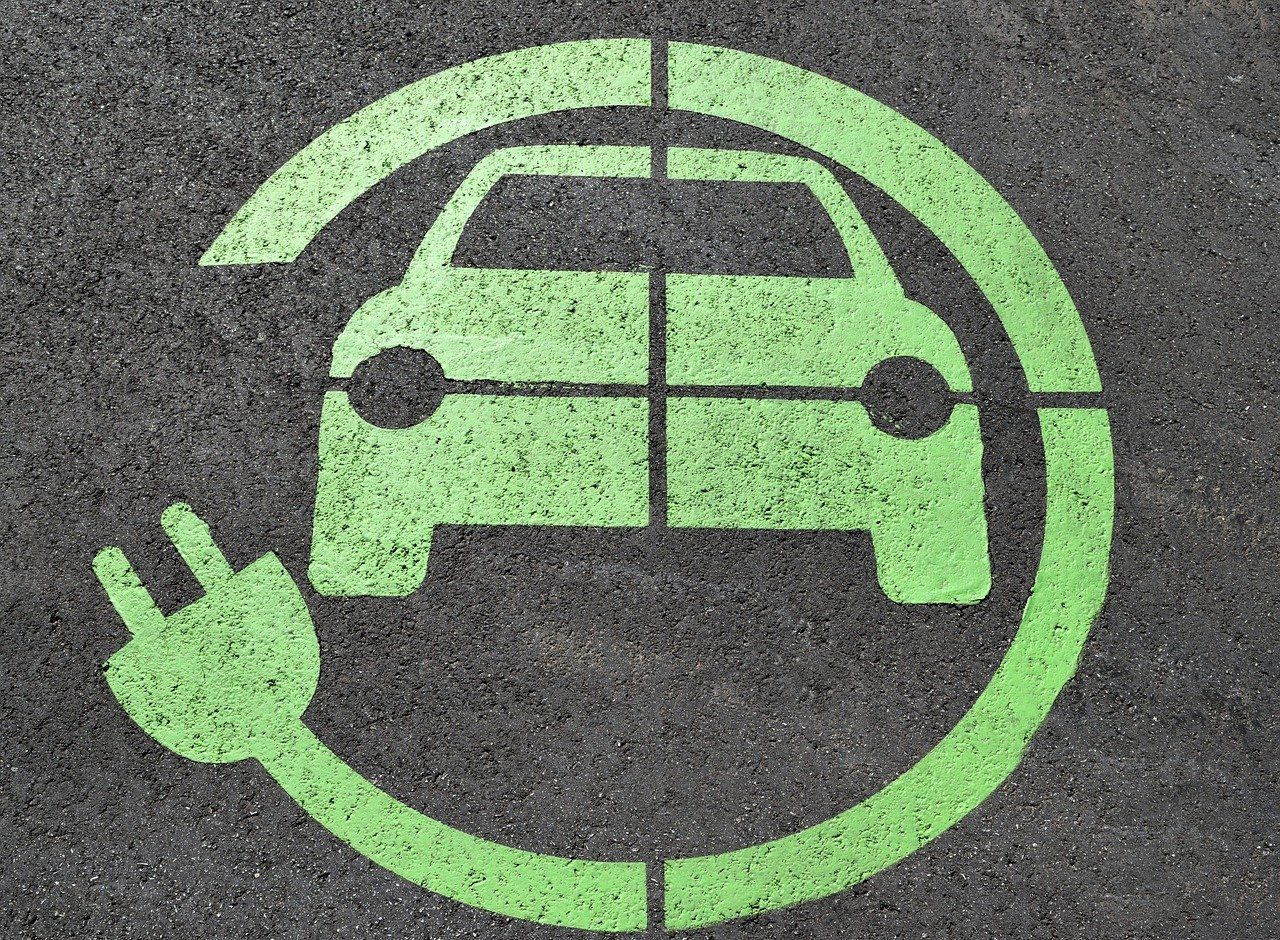Mobility experts look at ahead to the ITS World Congress in Hamburg and discuss how connected systems can meet the challenges of unified standards, cybersecurity and future-proof resilience
Transport systems are changing rapidly and mobility is fast becoming ‘smart’. Among the enabling technologies, connectivity reigns supreme. As we approach the ITS World Congress (ITSWC) in Hamburg in October, we explore the future of connectivity that includes policy, infrastructure, security and standards. It is cooperative, connected and automated mobility (CCAM) and Mobility as a Service (MaaS) in particular that is set to receive a real boost from next-generation connectivity technology, so what is the state of play? What are some of the key developments required? And what challenges do we face?
Recovery, resilience and connectivity
The charge is being led from the top, with public/private partnership organisations like ERTICO-ITS Europe (host organisation for this year’s ITSWC) and the 5G Automotive Association (5GAA) setting the agenda, promoting cross-industry collaboration and engaging in real-life projects. Meanwhile, the European Commission’s policy agenda for the ‘Digital Decade’ is designed to foster new developments and innovation in connectivity and mobility including support for important industry trends in connected and autonomous driving, MaaS and clean technologies.
Connectivity is a priority, according to Peter Stuckmann, head of the Future Connectivity Systems unit at the European Commission’s DG Connect, in terms of the EU’s Recovery Plan and investments under the Recovery and Resilience Facility. “5G is fundamental, with a coordinated launch across the single market and an integrated approach along cross-border 5G transport corridors,” says Stuckmann. He describes connectivity as a ‘flagship area’, linked to the green agenda, for investments and reforms which involves the roll-out of rapid broadband fibre and 5G. The future of mobility requires a properly connected and integrated infrastructure complete with sustainable transport options, such as electric vehicle (EV) charging stations.

Physical and digital infrastructure
Infrastructure is a focus area for the Korea Transport Institute (KOTI), the think tank that performs research for South Korea’s Ministry of Land, Infrastructure and Transport and for local government. “We look at paradigm shifts to, for example, reduce congestion, road accidents, air pollution and health problems, shifting to sustainable transport modes and improving the efficiency of all transport modes,” says Dr Young-Jun Moon, senior research fellow at KOTI. “We have to be increasingly safe, accessible and environmentally friendly, and we can achieve this through smart mobility based on digital infrastructure and connected and automated driving systems (CADS).”
In a large-scale cooperative ITS (C-ITS) pilot project on vehicle-to-everything (V2X) connectivity, CADS relating to passenger cars and public and shared transport are now being tested and evaluated on Korean roadways including expressways, national roads and city networks. Hyper connectivity is provided between vehicles, with big data not only gathered, but also analysed to help inform C-ITS planning and future services. Dr Moon says the move from ITS to next-generation C-ITS requires, “the digitalisation of infrastructure, which raises new challenges around a resilient investment environment for transport systems.” Lessons learned are feeding into a Smart Mobility in Smart City deployment plan for a carbon-free and more human-centric Sejong City.

Security and standards are vital
Along with infrastructure, security issues have to be addressed and resolved before “a global community of trusted peer-to-peer communications can emerge, one that involves not only vehicles and roadside equipment but also portable and personal devices for vulnerable road user protection,” says William Whyte, senior director of technical standards at Qualcomm.
“We need global statements of requirements, not only for the generic security properties of devices but also for the specific security properties those devices need to run particular applications.”
The next step is being able to prove security: “What is the evaluation and certification process for systems claiming to be secure? Can we avoid heavyweight and expensive programs like Common Criteria while still getting a level of security that lets other road users trust incoming messages enough to use them to make driving decisions?”

Another important question is how to avoid fragmentation and conflicting standards. “Numerous stakeholder communities are interested in the security of the connected vehicle, and each is developing security standards and requirements. Organisations like 5GAA could play a mediating role to make sure devices end up with a single, clearly stated and easily understood set of requirements.”
Christoph Voigt, chairman of the cross-industry 5GAA agrees: “As we work towards next-gen connectivity and mobility – a world of interoperability, of autonomous and co-operative cars – it’s vital the automotive world is properly engaged in standards and standards development. 5GAA provides that important link between the automotive sector and the telecommunications sector.”
5G in action – and 6G futures
Projects in living-lab environments already demonstrate the potential (and reality) of next-gen connectivity for mobility. For example: integrated multi-modal connectivity for ship-and-road port operations are being trialled in Hamburg, the host city for the ITS World Congress. With city authorities closely involved, the 5G LOGINNOV connected and automated logistics project is co-funded through the EU’s Horizon 2020 programme. “It’s designed to improve logistics and deal with the environmental challenges of European ports by connecting 5G devices, data analytics and next-generation traffic management,” says Ralf Willenbrock, product manager at T-Systems. In addition to Hamburg, which includes floating truck and emission data and automated truck platooning, use cases in living labs are under way in Piraeus/Athens (optimal selection of truck yards, video analytics and predictive maintenance) and Luka Koper in Slovenia (port control, logistics and remote automation).

“The benefits to transport and mobility offered by ubiquitous low-latency communications are clear,” says Jacob Bangsgaard, CEO of ERTICO-ITS Europe. “These benefits are driving new R&D, investments and widespread testing – with 6G opportunities already looming large on the horizon.”
Confirming the rapid evolution of 5G, Jan Ellsberger, vice president of industry development at Huawei, points out that the 350 million 5G subscriptions in April 2021 are projected to grow tenfold to 3.5 billion by 2026. In the next five years, the connected car market, which is also expanding at a brisk rate, will potentially equip around 40% of all new cars with 5G.
The benefits are numerous for traffic safety, efficiency and infotainment. Beyond 5G (B5G), next-gen 6G technology, expected to be commercially deployed from around 2030, will make next-generation mobility a reality. Mr. Ellsberger says that “6G will, in principle, be a distributed neural network that provides communication links to fuse the physical, cyber and biological worlds.” By improving energy efficiency 100 times across the network, one of its greatest contributions will be towards sustainability.
The European Commission’s Peter Stuckmann says, “We are looking beyond 5G with the B5G/6G Initiative. We’ve launched an ambitious set of projects and a new joint undertaking that will provide a strategic roadmap towards 6G, with funding of 900 million euros over seven years. This is an upfront commitment by the Commission that private players will match.”
For more from Jacob Bangsgaard on preparations for the ITSWC, don’t miss Episode 16 of the TTi Podcast.





